|
by Clara Aleman, RLA On Saturday, April 13, 2019, the LDG members were invited to attend a lecture and guided tour of the Springhouse stream system restoration program at the National Arboretum from 9:30 and to 11:30 am. Our guide was Bill Matuszeski, Chair of Environmental Committee of the Friends of the National Arboretum, member of the Mayor's Leadership Council for a cleaner Anacostia River, and former Director of the Chesapeake Bay Program. Springhouse Run used to be a concrete conduit of stormwater runoff from New York Ave NE and the commercial areas to the north, running through the arboretum and emptying into the Anacostia River. After a major restoration, it is now a meandering stream, edged by thousands of native plants and populated by fish, frogs, and birds. As a group, and with Bill’s guidance, we visited 4 sites. Project Funding Details
1st site - Hickey Run Past conditions: Hickey Run is considered the most polluted of all the tributaries connected to the Anacostia River. The stream bed used to be piped and concrete swale that would remove water quickly. Site physical features: Bridge over a meandering stream bed. Current restoration efforts: The project started with trash removal and later to the replacement of appropriate soils and plants. Within 3 weeks of completing the meandering stream, fish naturally introduced themselves within the stream. Unfortunately, raw sewage was also identified on the site. Approximately, 61 adjacent sites were identified as wrongfully discharging into the stream. As a result, the restoration efforts at Hickey Run have been temporarily discontinued and another downstream location was identified for restoration. 2nd site – Spring House Past conditions: Previously, there was a ditch that ran through this site and carried water quickly away from the site. Site physical features: D.C.'s original Spring House and the Bottling Building which were built in 1890 and supplied bottled water to the city. A series of swales were added perpendicular to New York Avenue to slow down the runoff. Current restoration efforts: Keith Underwood, the contractor, was responsible for providing 100 pounds of wood chip to the site. Because of his passion for the project, he brought 1000 pounds. This material was used as subgrade fill, providing filtration and cleansing the water. Future efforts: Include applying learned lessons from Spring House and applying them at Hickey Run. 3rd site – Dawn Redwood Tree & Willow Tree Past conditions: Previously, there was a concrete lined ditch that ran through this site and carried water quickly away from the site. The pond here had become disconnected from the stream and so would end up stagnant and covered with algae. Site physical features: This site is marked with the presence of a mature and majestic Dawn Redwood tree, a pond and an over flow dam. Cultural significance: At the far end of the site is the oldest tree on the arboretum property – Willow Oak. The story is, that during the Civil War, the commanding officer stationed at the site, wrote a beautiful love letter to his wife and daughter. Unfortunately, shortly after, he was sent to battle, where he lost his life. Today, the letter survives and is treasured as a symbol of loss love. Current restoration efforts: On this site, a dam was created with tons of gravel, wood chips and large boulders creating a filtering effect of the water. The pool was reconnected to the stream, so there is a flow of water through the pool and a trickle over the dam. On rainy days, it has a continuous flow. The area below the dam had been overrun with invasives and larger trees. All of this was cleared away and the meadow was restored with an addition of 33,000 native plants. Most of the plants were donated by the vendors from MANTS in January. Volunteers have been taking care of them at the arboretum since January. 4th site Past conditions: There is a remnant of the ditch that belonged to the old water system. The stream has old brick dumped into it from a nearby brick factory that existed. Site physical features: The stream here runs under a bridge in the arboretum where large amounts of trash and debris collect. The site has a marked by a large heart shaped pit. Cultural significance: This site was most probably originally used by farmers for soil extraction. Current restoration efforts: It has been converted into a continuous meandering stream in order to slow down the water and filter pollutants from the water. Many of the native plants have been installed at this site. On the day we were there volunteers were cleaning up trash and debris all along the stream for Earth Day Cleanup. The Anacostia River is about a half mile downstream from here. Concluding Remarks
To date, the new steam systems has reduced storm water runoff by 98%. But adjacent uses, like the DC Sanitary Sewer and runoff from New York Avenue will need continued monitoring. This is a work in progress, as testing stations will yield interesting data. As more lands open up for future connections, and stream system expands, it will be exciting to see evolution of the stream system. We are grateful to Bill for sharing his time and knowledge with us and offering us the opportunity to see the project through his eyes.
0 Comments
Dawn Szelc LDG Secretary, Clear Blue Landscapes The first meeting of the year was February 26 on Storm Water Management, and we had a large turnout for it at the McLean Community Center. We had 3 different speakers, Rebecca Stack a principal at Designgreen, Lily Whitesell Stormwater Outreach Specialist with Arlington County Environmental Services Office of Sustainability and Environmental Management, and Chris Sonne a civil engineer with Natural Resources Design. Rebecca Stack is a civil engineer, educator, and principal of Designgreen. She is an experienced designer of complex green infrastructure. As a former code official, her contributions to greening the District’s regulations extended from building codes to guidance manuals. This included co-authoring the District of Columbia’s stormwater retention standard. Her firm is the current administrator of DC’s green roof incentive program. Rebecca is committed to aligning her work with positive social impact outcomes and the integration of natural resources within the urban landscape. Rebecca gave a high-level presentation on storm water management. She emphasized the need to know the permitting in your specific area of the DMV. Storm water is inevitable and brings not only toxic chemicals but pollution with it to our watershed. Areas that have become more and more urban with greater amounts of buildings, roads, and parking have as much as 98-100% surface runoff of the storm water, necessitating green infrastructure that can act more like a natural forest cover and absorb the water more efficiently. Washington, D.C. has implemented the Clean Water Act including the Chesapeake Bay Program while MD and VA have other rules. MD requires new or existing development with soil disturbances of greater than 5000 sq ft to follow their environmental rules while VA requires new or existing development with soil disturbances greater than 1 acre. DC has additional rules for disturbances greater than 5000 sq ft. Rebecca also spoke briefly about the Green Area Ratio (GAR) in D.C. Finally, she addressed the importance of understanding the entire area that contributes to the flow and drainage of the water. Lily Whitesell has 10 years of experience working on sustainable landscaping projects with Arlington County and, previously, the Northern Virginia Soil and Water Conservation District, and over 15 years of experience managing outreach programs and communications. As an Environmental Planner with the Stormwater Outreach team, she supports Arlington’s StormwaterWise program, outreach and engagement for capital projects, and manages citizen science stream monitoring programs for macroinvertebrates, stream chemistry, and bacteria levels. She has degrees in Natural Resources and Environmental Science from Virginia Tech and the University of Virginia. Lily discussed storm water requirements in Arlington County. There are both voluntary and regulatory Best Management Practices (BMPs). She spoke about communicating storm water goals to the landscape client as well as the benefits of planting natives, and the benefits to wildlife of both. She stated that Arlington will soon provide a list of BMPs on real-estate listings. When doing various green projects such as permeable paving and rain gardens, anticipate – avoid – prevent the typical problems such as sediment clogging on paving and compaction of the rain garden area by using heavy equipment. She spoke about designing for maintenance of the site including planting densely or using green mulch to avoid weeds. Finally, she mentioned controlling the cost of design by using plugs vs quarts vs gallons in the right places and also obtaining woody plants from Earth Singha or Fairfax ReLeaf. Chris Sonne has over 33 years engineering design experience and over 13 years environmental permitting & compliance experience. He provided site engineering and low-impact stormwater design for a wide array for projects, including the Virginia State Capitol, municipal parks, universities, residential sites, and more. He is certified as a Master Stormwater Professional by the Center for Watershed Protection, Chesapeake Bay Landscape Professional (Instructor), LEED Accredited Professional, and SITES Accredited Professional. Chris began his presentation by showing a website called the USDA Web Soil Survey. It can be used to find the location of a new landscape project by outlining a polygon around the site and it will provide information of what kind of soil is in the location. He then discussed some specifics on designing a rain garden, starting with doing infiltration testing. This consists of digging a hole to the depth of the rain garden and a little deeper. Presoak this hole by filling with water 24 hours before the test. Now the soil has been saturated and the actual ability to infiltrate water can be ascertained. Next fill the hole again and see how long it takes for the water to be fully absorbed. It should be within 48-72hours for a good rain garden location. Otherwise the garden will be more of a pond and would breed mosquitoes. For the construction of the garden a flat subgrade is needed. This ensures even absorption of the water. Excavate the area from outside of the infiltration area to avoid compacting the soil and use a toothed bucket if a backhoe is needed. If a smooth bucket is used it acts to create a surface that does not allow water infiltration. Protect the area from run-off until it is ready to “go on-line”. Also, its good idea to familiarize the owner with the regulatory aspects of the rain garden. Finally, he recommends including off-line design to take the extra water when the rain garden if full during a larger rain event. Additional information discussed:
Fairfax County Soil Information Guide https://www.fairfaxcounty.gov/soil-water-conservation/soils-info 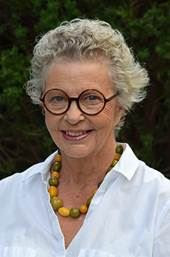 The most recent LDG tour was with Jane MacLeish in her own private garden on Saturday October 13th at 3743 Upton St. NW Washington DC. The tour also included the garden of one of her neighbors, designed by Landscape Architect Thomas Church. Jane Krumbhaar MacLeish Landscapes has designed and constructed some of the most well-known and highly celebrated gardens in the area including Ondine, a new garden at Dumbarton Oak, Historic Old Town Lee Mansion in Alexandria, and two gardens at One Observatory Circle — the Vice President's official residence. Jane is a co-founder of the Dumbarton Oaks Park Conservancy. She is well known for her ability to restore old gardens and collaborates with a broad network of garden artisans and craftsmen. She currently serves as a member of the Washington DC Commission on the Arts and Humanities' DC Creates! Public Art Program. http://janemacleish.com/ . Jane and her family moved into the house in 1968. It was mostly surrounded by grassy lawn. Jane decided to change the front yard to create a journey where you did not know the destination. She added patio areas and a walk that meandered towards the steps to the sidewalk. In later times, when her son decided to get married at the house, she added an arbor over the path. In the back yard Jane had many lovely destinations including a temple brought over from England, multiple statuary, and a beautiful picture window in her kitchen. She wasn't interested in having a garage that was on the property so converted it into an orangery. The group toured the private garden located next to the McLeish home, which was designed by Landscape Architect Thomas Church, "one of the pioneers of the mid-century Modernist movement." The original drawings of this garden highlight this pioneer in landscape design. “Mr. Church created nearly 2,000 gardens, in addition to several major large-scale public commissions... his voice was unique, distinct, and influential. His two books, Gardens are for People and Your Private World, serve as easy to read manuals on modern residential garden design.” https://tclf.org. The photos below show some of the highlights of that garden.
Dawn Szelc, LDG Secretary, Clear Blue Landscapes On April 21 the LDG met in Arlington for the No Mow Garden tour. As part of the meeting Julie Hawley, LDG President, explained the boxes of landscape design and horticulture books along the sidewalk had been donated by the family of a former member who passed in 2007. Sigrid Thomas book collection was being made available to anyone who wanted any of the books. She had been a Ukrainian immigrant and had apparently also wrote the book “Goodbye Stalin” as she was forced to flee three times in her life. We thoroughly enjoyed browsing her many interesting books and taking a few home. The first house is owned by Sarah Strickler, LDG member, and she worked on the design with help from Jane Collins. The front yard is all garden and a circle motif was used with one side of the front walk a circular dry well covered in pea gravel. The downspouts of the house feed into it and the underdrain goes out to the side of the street. The other side of the front walk is a small circular area planted with mondo grass with stepping stones within, and both are surrounded by plants and shrubs. There are ferns, Solomon’s Seal, and a wide selection of plants. A third circle of mixed hardscape elements brings the front path up to the steps to the front door. The hardscape was executed by Rob Page of Page Stonework. The path from the front of the house to the backyard included another wide array of plants and garden art features. Sarah and her husband purchased the home and besides updating the landscape also added an addition to the house. This required some significant intervention for a large tree that was near the construction area. The tree continues to be managed by an arborist. A patio was added along with a wall at the back of the property. There is a meadow garden just behind the patio that was in a very early stage when we saw it due to the extended winter weather we had this spring. At the back of the property a low wall with an added fence was constructed as well as a small sitting area in the upper corner which looks out to the garden and patio below. The second property was the Commea residence which had a front yard no-mow garden designed by Julie Hawley. Julie explained that the family hosted many students at their house and needed additional parking than what was available. They also had drainage issues that needed attention. Julie worked with the current circular driveway by pushing the front yard area back with a retaining wall which then cleared space for parking spots. Julie likes to use inspiration from an artist that the client favors. In this case it was Monet with a yellow and purple pallet and red accents. The garden area was then planted with Ilex glabra, Winterberry, Rhus aromatica “Low Grow”, Penstemon, and Tradescanthia. In an area closer to the house she moved roses and Crape myrtle and added Serviceberry and Hay scented fern while repeating some of the other perennials. Many of her perennial selections were obtained as plugs from North Creek Nurseries Due to the drainage issues the front steps were altered - you may notice that the last riser is covered in the above photo- and the front walk was resurfaced. Thanks to Julie and Sarah for some inspirational no-mow front yard ideas!
On Tuesday evening, March 13, LDG President Julie Hawley introduced Jennifer Horn to the LDG membership, friends and guests. Jennifer is a practicing landscape architect in Virginia with a background based in horticulture and landscape design.
Jennifer’s presentation discussed foundation plantings for home landscapes. The title and purpose of the presentation is “Bringing Curb Appeal into the 21stCentury.” The presentation included an overview of her experience and education, egregious don’tsin foundation plantings, examples of notable landscapes, and examples of successful landscape foundation plantings. And then, the presentation concluded with 10-15 minutes of Q&A. Jennifer was born in New Jersey and lived as a young person throughout the world, most memorably in Malaysia. One of her first jobs was at Betty’s Azalea Ranch in Fairfax, Virginia. She obtained a Masters degree of Landscape Architecture from Virginia Tech. Significant and influential industry leaders include Christopher Lloyd and Ohme Van Sweden. She worked for Edmund Hollander Design(landscape architect) in New York, N.Y. before settling in Virginia. When planting next to architecture it’s important to remember some of the following:
Notable reference landscapes include:
The Q&A period included discussion about using native plants vs traditional nursery stock, and fall vs springtime planting. At the end of the evening a warm applause was given to Jennifer Horn. Julie Hawley reminded us that the next LDG meeting is on April 21st/Saturday, 10am. June 2ndis the joint APLD/LDG garden tour in Arlington, VA. - this summary by Alex Belano, LDG member Susanna Membrino, LDG member Whoever thought boxwood could be so, uh, interesting? An all-day conference sponsored by the American Boxwood Society last month addressed boxwood management--in particular, the challenges of living with and managing boxwood blight. Talks focused on how to recognize it, how to discourage it in established gardens, how to lower chances of infection, and the outlook for the future.
First some old enemies: Volutella buxi, or stem blight, is an opportunistic disease prompted by injury, where it enters through wounds. It is characterized by separate dead branches and leaves with pink spots underneath that remain on the branch. Best prevention is good air circulation, no sprinklers, and no excess fertilization. You can cure this one by pruning below the infected area with bleach-dipped pruners and using fungicides alternating every 2 weeks. Mulch helps prevent the disease by damping down infected water splashing up on leaves. Decomposed granite used as a mulch has the added virtue of raising pH. Use bleach on shoes, clothes and vehicles. Suffruticosa is most susceptible. Boxwood leafminer, little white lines on the underside of leaves, requires a spraying protocol—when dormant use horticultural oil, in spring and fall use soil systemics and in late May use Tri-Star (not so bad for honeybees). Summer foliar treatments are Orthene and oil or Avid and oil. Saunders Brothers handed out information on their leafminer trials of the past several years, which is appended to these notes. And the bad boy: Cylindrocladium pseudonaviculata, aka boxwood blight, scourge of Europe, land of a million boxwoods. Introduced into the US only in the past few years, the blight thrives in mild and rainy conditions and travels by touch, not by air. The spores are sticky and catch onto passersby, animals, tools and debris. It shows up as round spots encircled by yellow rings. The leaves soon fall off the stems leavings patches of defoliated branches. Sweetbox and pachysandra are carriers. Best practices include creating good air circulation through judicious pruning, mulching, purchasing from reputable dealers and quarantining plants for 90 days before planting. Keep discarded holiday boxwood displays away from live boxwood. Little can be done once the blight has struck although you can try by removing all infected foliage and cutting stumps to no less than 10”. Dig up and dispose of infected plants and foliage in plastic bags. Growers are working hard to find/create more resistant varieties. Green Velvet, Green Beauty, Buxus sinica var. insularis ‘Nana’ are fairly resistant. De Runk, Fastigiata, Suffruticosa are not. Bottom line: Many of these problems are aggravated by moisture. Prune when dry to open up the branching, mulch to prevent splashing up from below, don’t use spray irrigation, and select resistant varieties from reliable growers. Varieties resistant to some diseases are not always resistant to others. Information on these diseases and more can be found at www.buxuscare.com and the very helpful Sauders Brothers Boxwood Guide, 5th and latest edition at www.SaundersBrothers.com. Mary Rollefson On a beautiful, unseasonably warm, morning 12 members of LDG met at the home of our president, Julie Hawley. After delicious refreshments and socializing, we sat down to share ideas on Calendars, Contracts, Conferences and more. Kathy Jentz with Washington Gardener joined us with a calendar overview of gardening tasks and Lynley Ogilvie with Lynley Ogilvie Landscape Design LLC detailed client contracts. Favorite Gardening Tools: Julie opened with introductions and our favorite gardening tools. Everyone contributed as follows: Long reach pruner – not the long pole version, but the lightweight aluminum extended reach model. Manual prune up to ¾” limbs. Hori Hori knife – This knife/trowel is perfect for weeding, digging and pruning. Includes Light Weight Nylon Sheath - Garden Blade SSR by Garden Guru Lawn and Garden Tools Root Slayer Shovel Comes in several sizes and shape of blade. Other favorite shovels included a serrated shovel, a number of King of Spades engineered shovels, and a handmade shovel engraved with your name. Stihl battery-operated pack with three tools: a leaf blower, a hedge trimmer, and a string trimmer. Two battery packs are suggested to keep them all charged and ready to use at the client site. Other manufacturers also make this combination (e.g. Black and Decker). Mattock Hand Tiller : short handled tool with claw on one side and a fairly sharp blade on the other. Good for digging holes for potted plants, loosening soil, etc. Angle Driver: battery-powered tool that cuts through concrete and metal; very handy for hardscape work. Little Giant Ladder that collapses to 8 foot lengths. Handy to carry in van or truck. Cobra head: Digs, plows, and cultivates tough soils. Comes in three sizes. Go to cobrahead.com to see selection. Kathy Jentz of Washington Gardener Magazine – on her monthly Gardening Calendar and other handy tips:
Kathy introduced us to her gardening task calendar, a month by month list of important tasks for garden maintenance. The calendar is available in three formats, a hard copy version on heavy stock paper with beautiful garden photos for each month, and a monthly task list in her magazine, both hard copy and online. To order the calendars go to https://www.cafepress.com/washgardener.1436102069 . NOTE that the calendar defaults to start on the month you order it, so be sure to adjust that to what 12-month timing you want. Kathy also posts a garden tip of the day on her Twitter account, on Facebook page, Google + account, and on the Washington Gardener Yahoo group. (See links at washingtongardener.blogspot.com). She recommends switching Yahoo groups soon to Google.IO as yahoo is no longer reliable. Lynley Ogilvie on Client Contracts: Lynley’s approach to contracts is based on her 17 years as a contract attorney, her particular business model, and her belief that a straight forward, non-legalese contract makes for the best designer-client relationship. Lynley’s business model is to provide the garden design, purchase of the plants with a 100 percent mark-up and a one-year warranty. She recommends landscape contractors for the installation and then charges the client ten percent of the contractor cost for her oversight of their work. She based this business model on The Thriving Landscape Designer: A Practical Guide to Client Management, Marketing, and Profitability by Catherine B. Wiersema, APLD, which describes several models for designers and which she highly recommends. Lynley’s client contracts consist of three parts:
Dawn Szelc LDG Secretary Clear Blue Landscapes Our January meeting kicked off with a wonderful lecture from Lynne Church, Lynne Church Landscape Design, on plants with winter interest. Lynne started with Plants with Attractive Branching Form. These provide a sculptural quality even without their leaves. Some of her favorites were American Elm, Japanese Maple - the larger types, Star Magnolia, Winter Hazel, Alaska Cedar, Serbian Spruce, and Dawn Redwood. The cedar and the spruce are evergreen, of course, which have not only the interesting form but the needles which provide some color through the winter. Next Lynne discussed Plants with Berries and Decorative Flower Buds. An unusual specimen which is seen occasionally in the landscape garden is Edgeworthia chysantha or Paperbush. It is pictured below. additionally Pieris japonica with its early spring buds is beautiful. Cultivars mentioned were Compacta, Mountain Fire, and Andromeda. Finally Winterberry is always a favorite but requires both male and female plants to exhibit fruit. Plants with Peeling or Mottled Bark comprise the next category. River Birch is a favorite in this area, but Lynne also discussed Betula populifolia "Whitespire" or Asian White Birch as an interesting alternative. She recommends to not grow one from seed. Additional ideas included Persian Ironwood, Paperbark Maple, and Lacebark Pine. Those three are pictured below in order. Plants with Colorful Foliage or Stems includes quite a few choices. Chamaecyparis pisifera False Cypress and f'Carten's Wintergold' provide some bright yellow color. Persian Ivy, Coral Bark Maple, and Redosier Dogwood all offer some great color in the winter landscape. There are also a number of grasses such as Japanese Forest Grass, Mexican Forest Grass, Prairie Dropseed, and Switchgrass. Finally Lynne discussed Colorado Blue Spruce for great gray-blue color and Dwarf Eastern White Pine. Plants with Early Flower provide some color near the close of winter. Small trees like Japanese Apricot, Cornelian Cherry Dogwood, and Witch hazel. Paperbush, of course fits well in this category as well, and the beautiful Christmas Rose. Finally Lynne discussed the use of evergreens and conifers in general for their winter interest. Thank you Lynne for the wonderful photos and great ideas for our next project!
. Dawn Szelc LDG Secretary Clear Blue Landscapes The Mid Century Modern garden tour started with the Collins/Harter garden. The 1920's bungalow is surrounded in the front by a metal Eco-Mesh fence, designed for vines. The path leading to the front door is made of flagstone with Washington D.C> Metro terra cotta floor tiles. On the side and in the backyard are additional industrial materials and bright colors. The deck off the back door is blue metal. there is red curved metal edging surrounding all the planting beds and a rust metal edging around a 10 ft diameter Zen sand circle. The access to the backyard is a blue perforated fence with a gate featuring cutout circles for viewing the garden. The garden is a plant lovers paradise! It features plants of all kinds and some that were quite unique - a plant from South Africa that is not hardy but the owner (our own Jane Collins) replants every year. The side yards features a rain garden on one side and a rock garden on the other. There are also many native plants spied in every corner. This house was featured in the November Lighting Tour by Olsen Weaver as there are many night time lighting elements also installed. The second house on the tour was the Silverbrand garden. This is a new garden put in for a house that had been custom built in 2015. The designer Scott Brinitzer was on site and provided explanation and descriptions of the installation challenges and successes. As a corner lot with a small backyard, Scott was able to create an additional garden room on the side for lounging and entertaining. The front lawn had a repeated cube planting bed that mimicked the cube like straight edges of the house. Each cube housed a tree planted with perennials. Part of the lawn was planted with zoysia grass edged in metal, that became a walking path. The zoysia turns brown in the winter and ties the side terrace to the front walk. The front path were done with a custom blended color concrete that extended to the front steps and terrace. The backyard had an "odd" approved county grading plan that included a berm which kept the water in the back garden making it unsuitable for any activity. Scott was able to solve this by building a timber wall to elevate the backyard and dig a 6' deep dry well with a flow well to maximize onsite water storage - a requirement for all newly built homes in Arlington County. This also allowed for an area where dining and entertaining could take place. A large Magnolia virginiana was quite happy in the corner. The custom deck in the backyard connects the kitchen to the back garden and back terrace dining space. The railing repeats the design of the main stair rail in the house The final property was the Panitz Garden which was installed in the summer of 2016 in another fairy newly built home. The home owner had only a few requests. One was that a river birch be sited between the entry walk and the driveway and that she wanted a vegetable bed on the left side of the driveway. Scott was again the designer of this garden. He made a decision to create a series of concrete walls that would emerge from the soil . The panels would play off the geometry of the house, firmly connecting the house to the land. Scott described that the newly built homes have windows which reflect the heat away form the rooms. This provides some challenges for the plantings which must absorb the heat. Because of this he used Mexican feather grass which need the heat. There are taller plantings clustered on the downhill side of the lot that will allow the neighbor's home to recede somewhat from view over time. Plants used were Chindo Viburnum, Calamagrostis 'Overdam', Prostrate Cephalotaxus, and Little Bluestem. The hardscape steppers were created from limestone to navigate the grade changes. Because the water did not remain on the property and quickly ran off onto the neighbor's drive and the storm sewer, gravel is used to slow the water flow from the site.
Dawn Szelc LDG Secretary Clear Blue Landscapes The most recent summer tour of the LDG was to the Bishop's Garden at the National Cathedral. Our docent, Ann, met us near the Baptistery which had been the Herb Cottage until it was partially destroyed by a crane falling on it after the earthquake. The crane had been working on repairs to the Cathedral, and was toppled by wind, causing significant damage to the garden's Norman Arch, stone wall, and numerous trees. Everything was repaired and now the building is a café. Ann explained that the garden was designed by Frederick Law Olmstead, Jr. and was executed by the amazing work of Florence Brown Bratenahl, the wife of the first Dean of the Cathedral. She formed the All Hallows Guild, the garden guild of the Cathedral, to raise funds. She brought many mature plants into the garden from nearby properties and also brought hardscape elements such as the pie stones from the Nelly Custis property. She received numerous medieval sculptures from George Gray Barnard's collection for the garden. His collection was the most extensive in America at the time and it later formed the basis of "The Cloisters" collection. The Norman Gate and view once inside. There are many beautiful garden rooms and views in the garden - it's difficult to write about them all. Ann took us through the Norman Court with high arch and lovely fountain. It was a cool shady spot on a hot day. Then we walked to the Bishop's Lawn and Border where an enormous Blue Atlas Cedar is growing. It was brought as a seedling from Palestine. The Shadow House, built with stones from President Grover Cleveland's summer home, near the Lawn has lovely views of the lower Blue Perennial border with the Yew walk above it. We visited the Rose Garden with the Wayside Cross as it's focal point - so named because it was a large stone cross from Europe that would guide travelers. The Rose Garden has a Peace Rose planted in it that was a gift from Haile Selassie, emperor of Ethiopia. The Herb garden, called Hortulus, is next to the Rose Garden. It is planted with herbs that were obtained from a plant list of Wilfred Strabo, a monk who wrote a book about the medicinal use of herbs called Hortulus. In the center of this garden is a Carolingian font from the time of Charlemagne. At one end of the garden is the Samuel Yellin gates - these were created by the wrought-iron master from Philadelphia. Near the gate is the Finial Garden where a finial that fell from the church during the earthquake has been placed. Photos from many of these sites are posted below. The Bishop's Garden is a true gem in our area and should be visited by all. If you can get a tour even better so that you can understand and appreciate all that has gone into it's creation and maintenance. The LDG is thankful to Ann, our guide, and the All Hallow's Guild for their continued work in the garden.
|
AuthorsLDG is a non-profit corporation dedicated to the exchange and enhancement of knowledge relevant to the landscape design profession. We are a group of professional designers in the metropolitan Washington, DC area. Membership is meant for students studying and professionals employed in landscape design or associated professions (i.e. arborists, installers, contractors, etc.). Archives
October 2023
CategoriesPast Newsletters can be found in the Members Only Section of the LDG Membership Connection. You must sign in to view these files.
Past Newsletters |
|
Search for a Landscape Designer in Your Area:
|
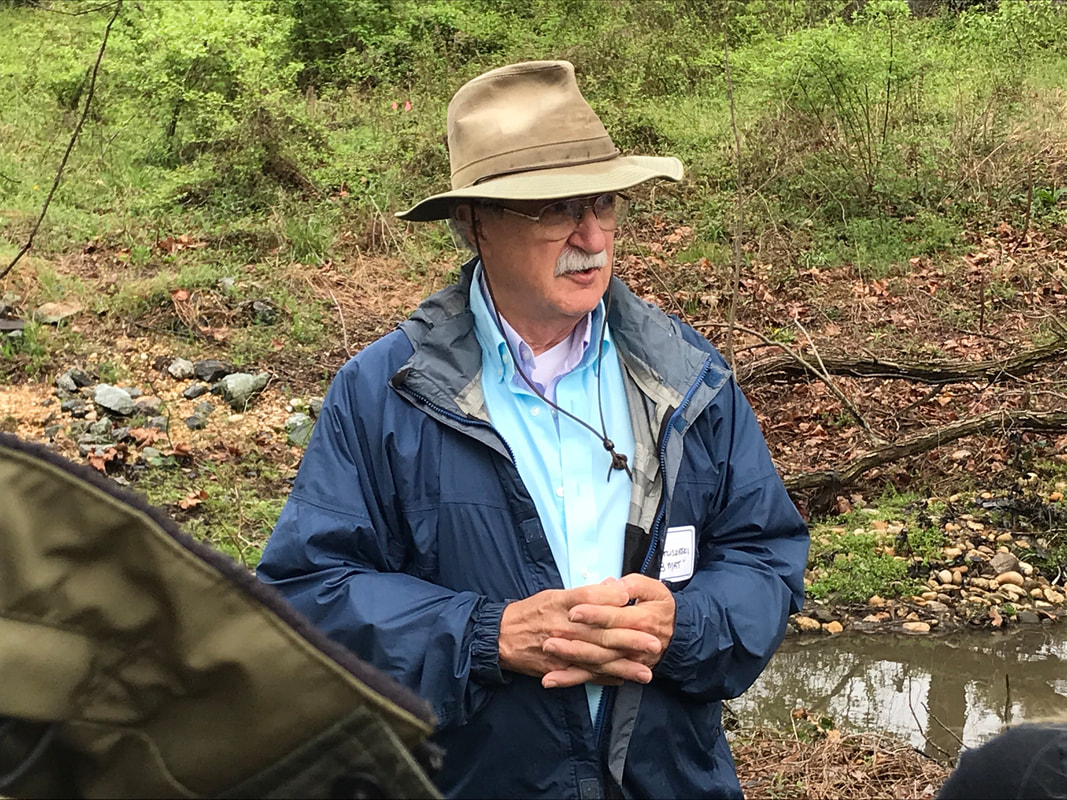










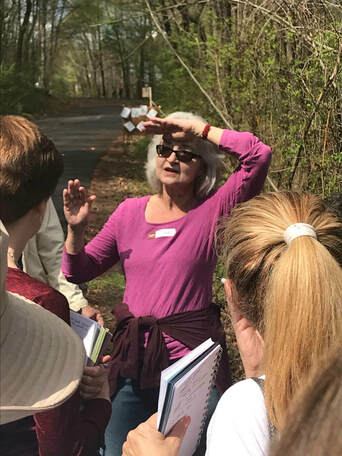

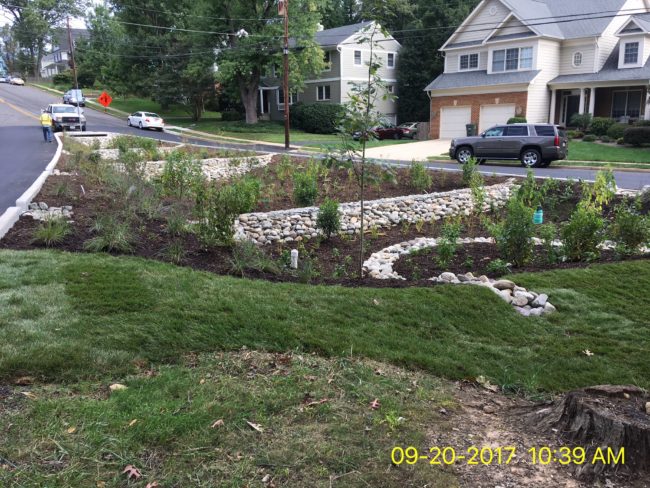
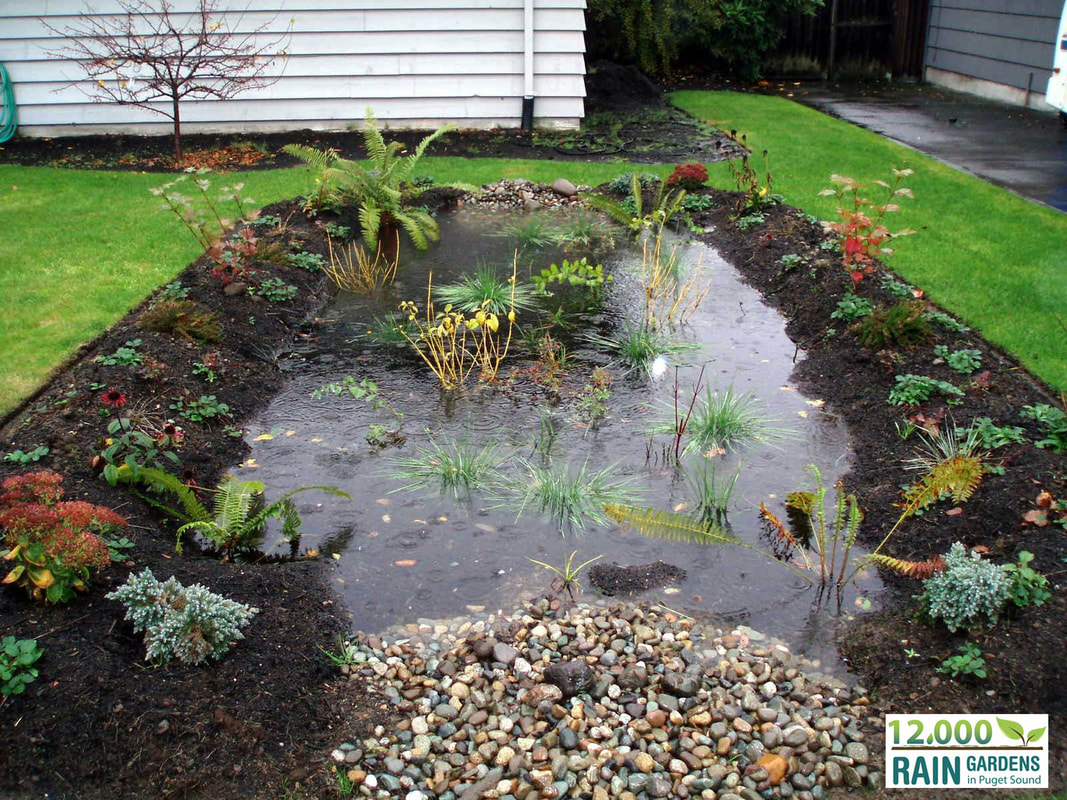
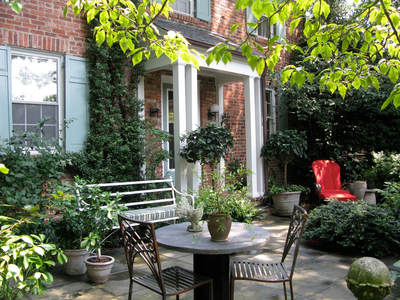

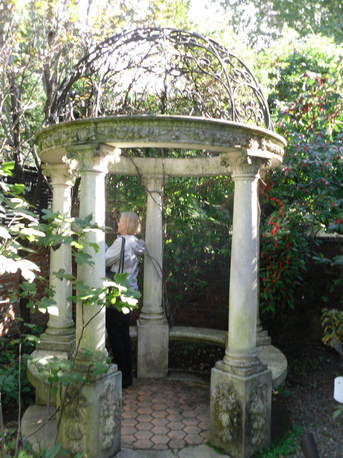
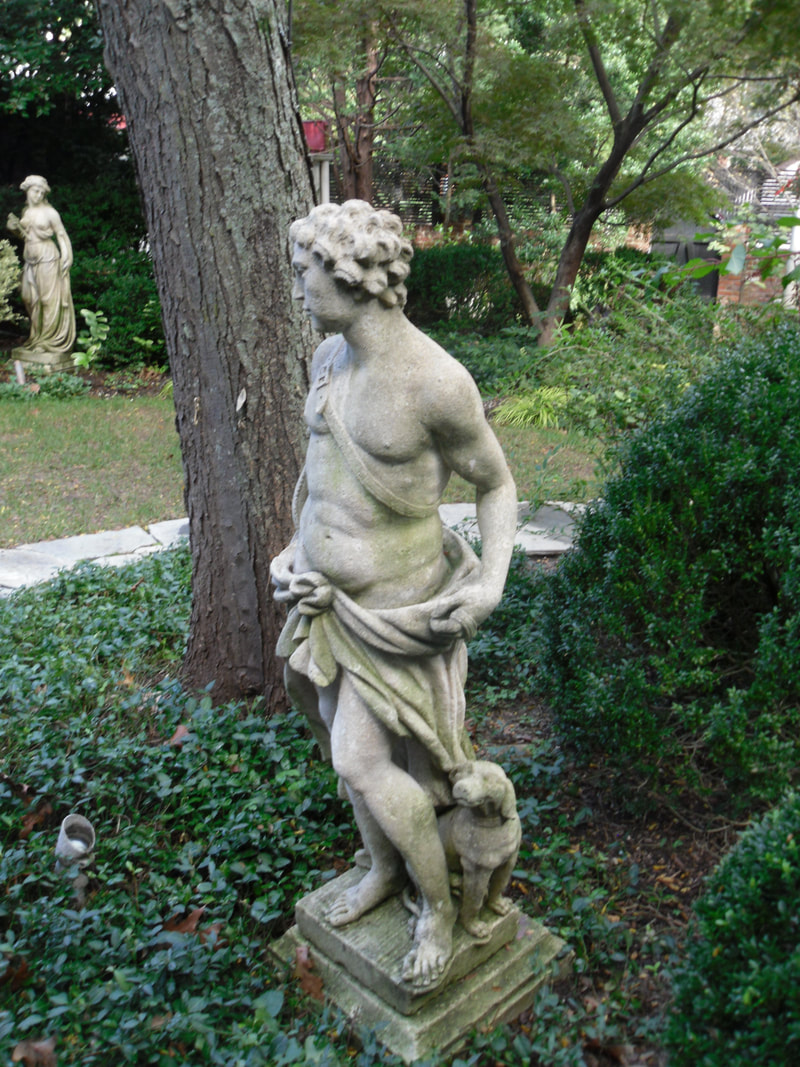
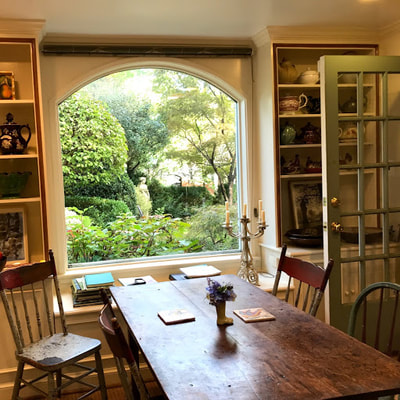
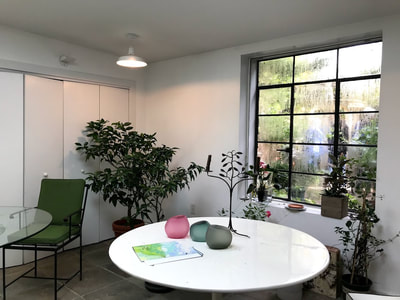
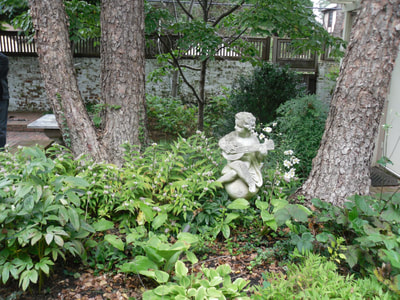
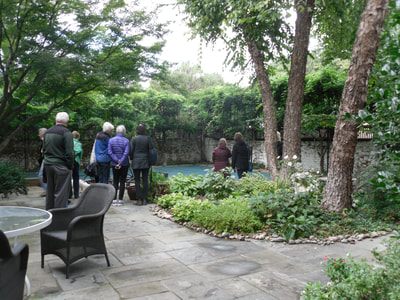
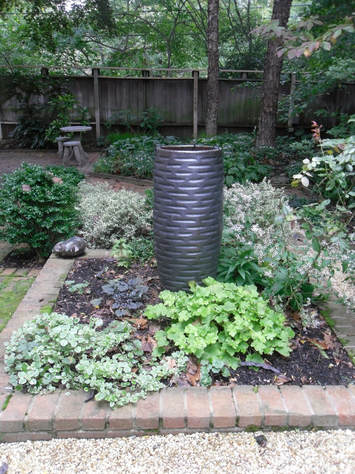
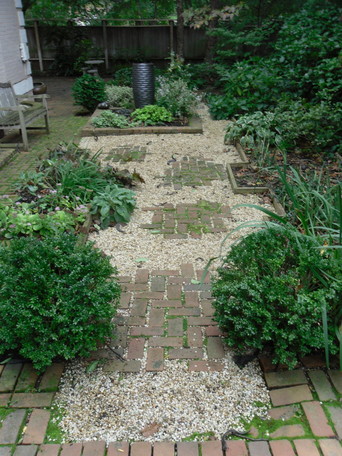
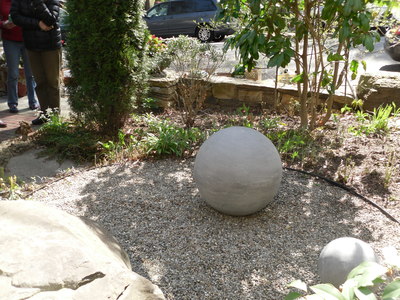
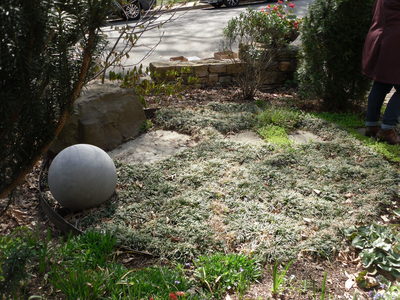
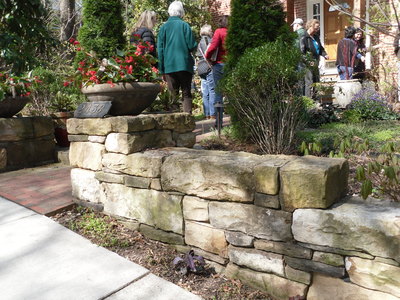
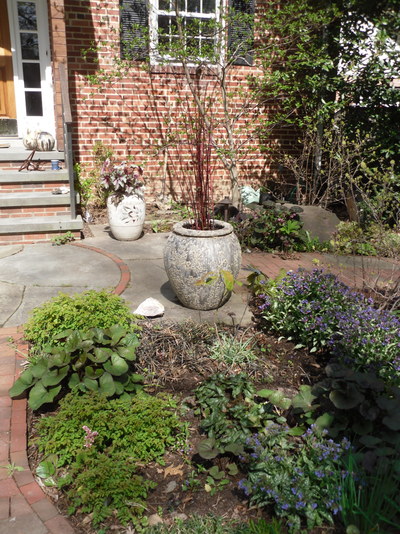
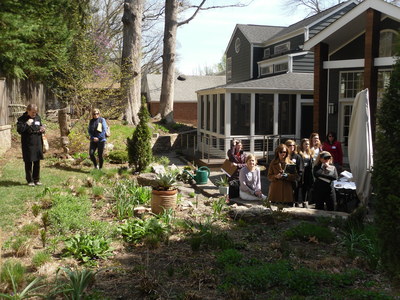
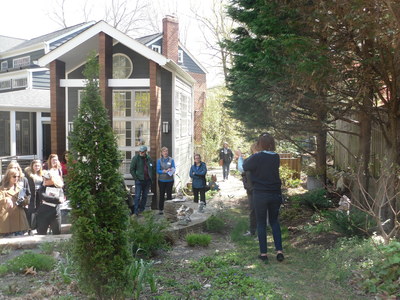
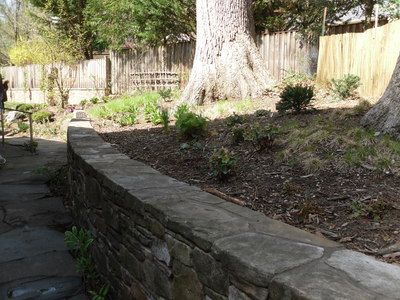
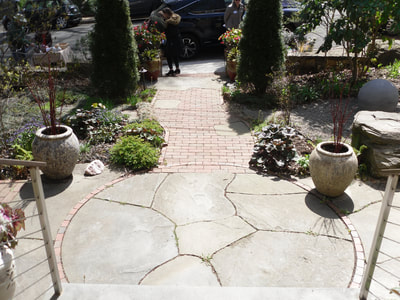
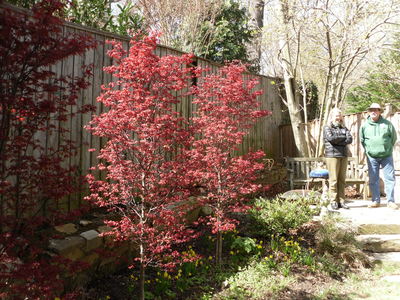
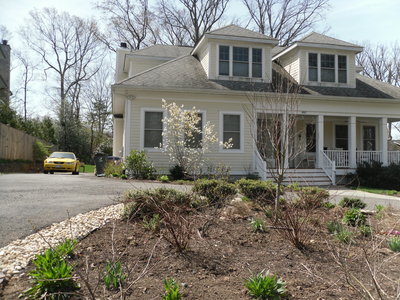
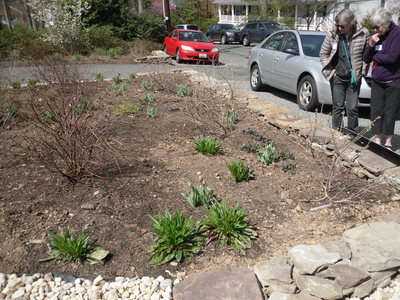
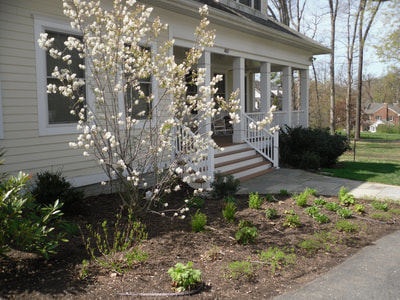
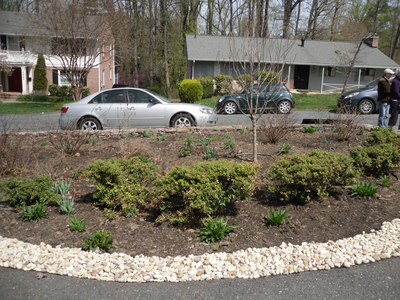
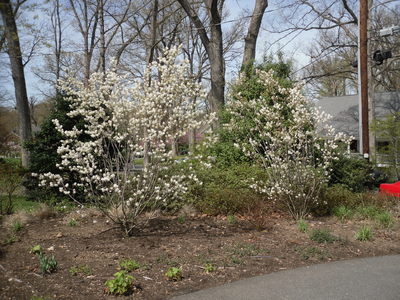
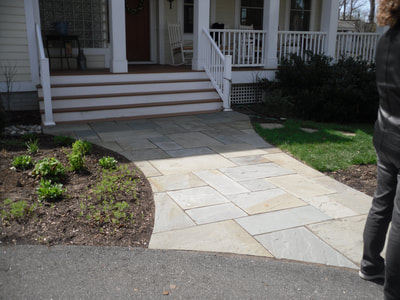

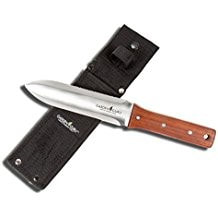

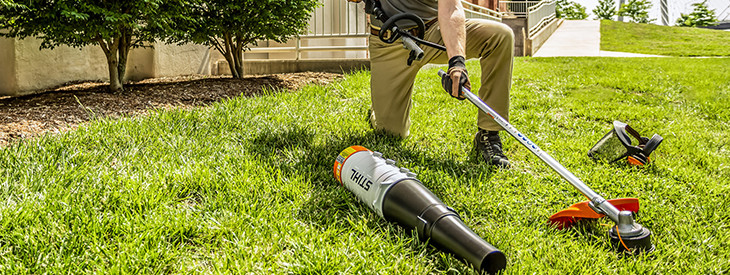
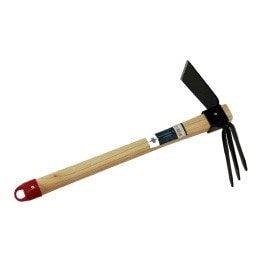

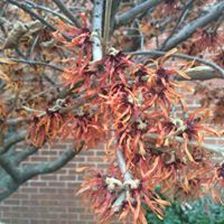
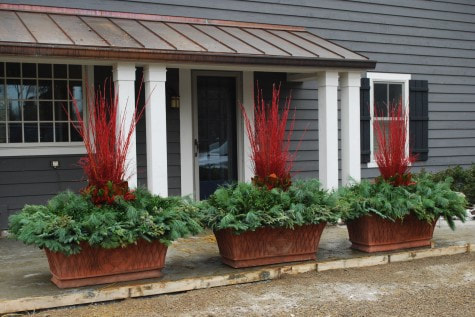
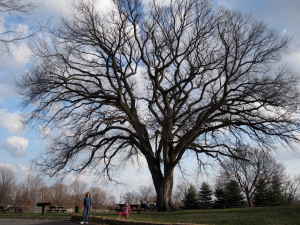
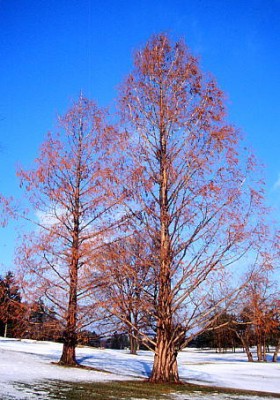
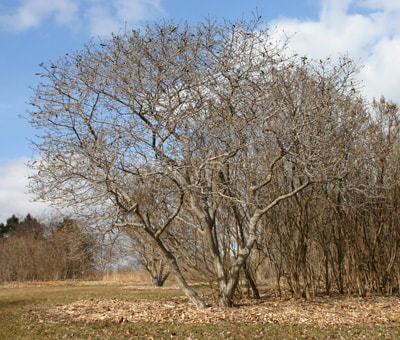
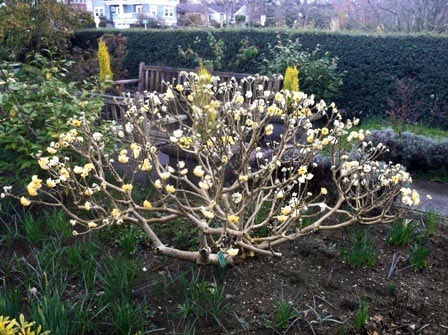
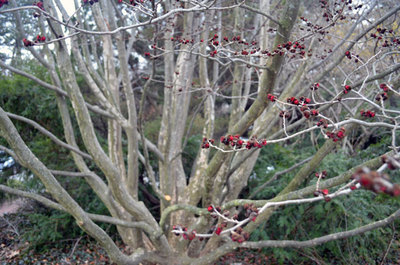
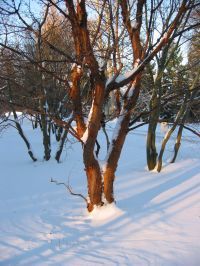
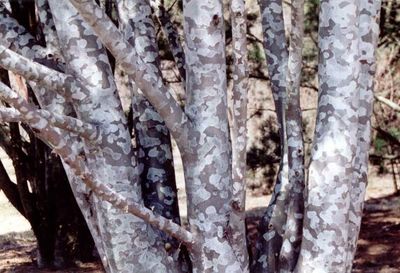
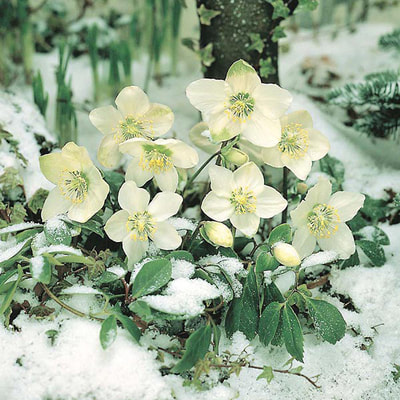
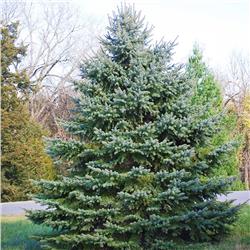
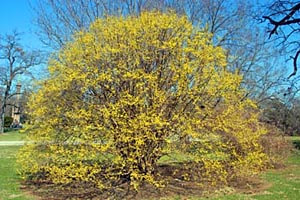
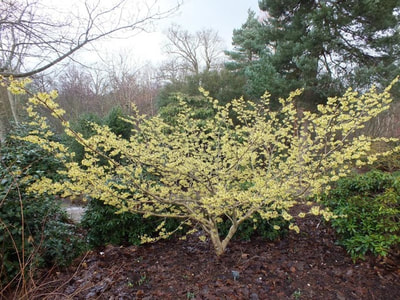
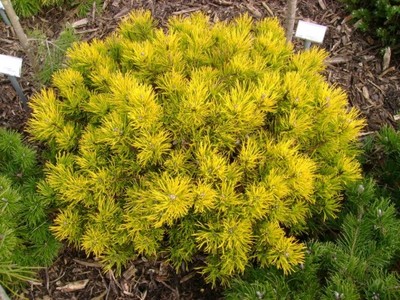
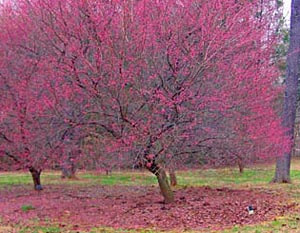
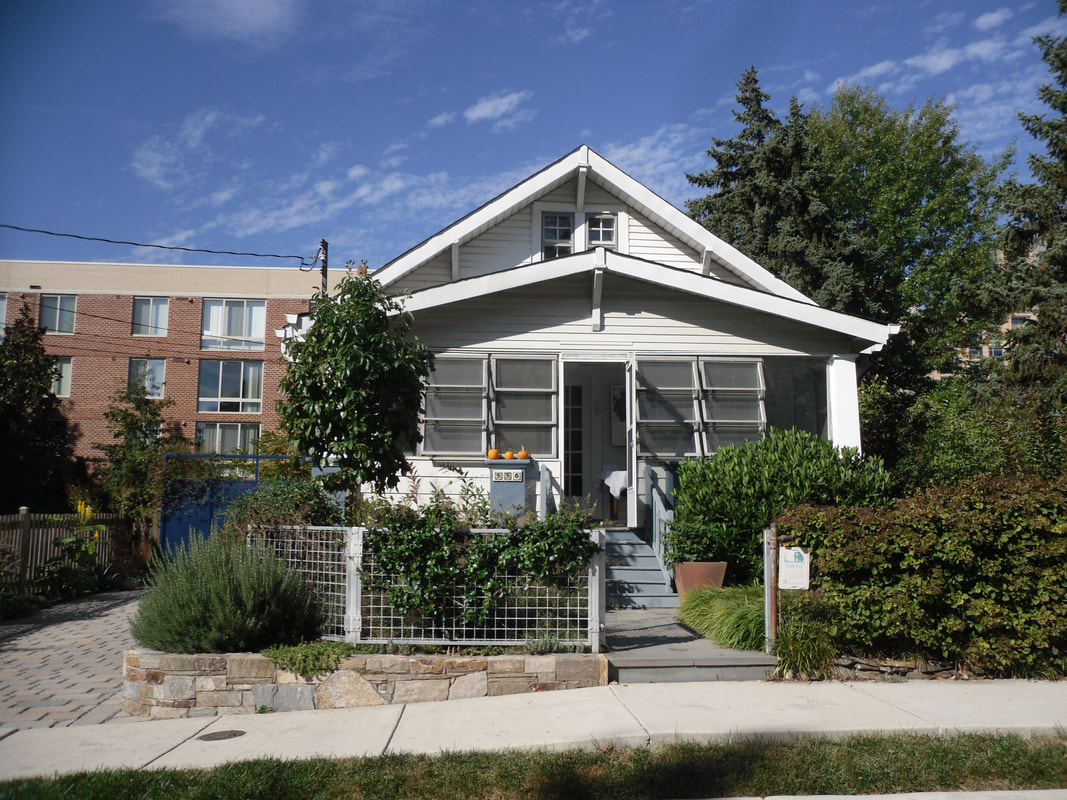
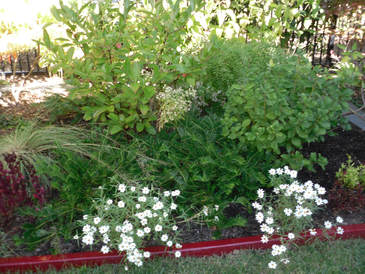
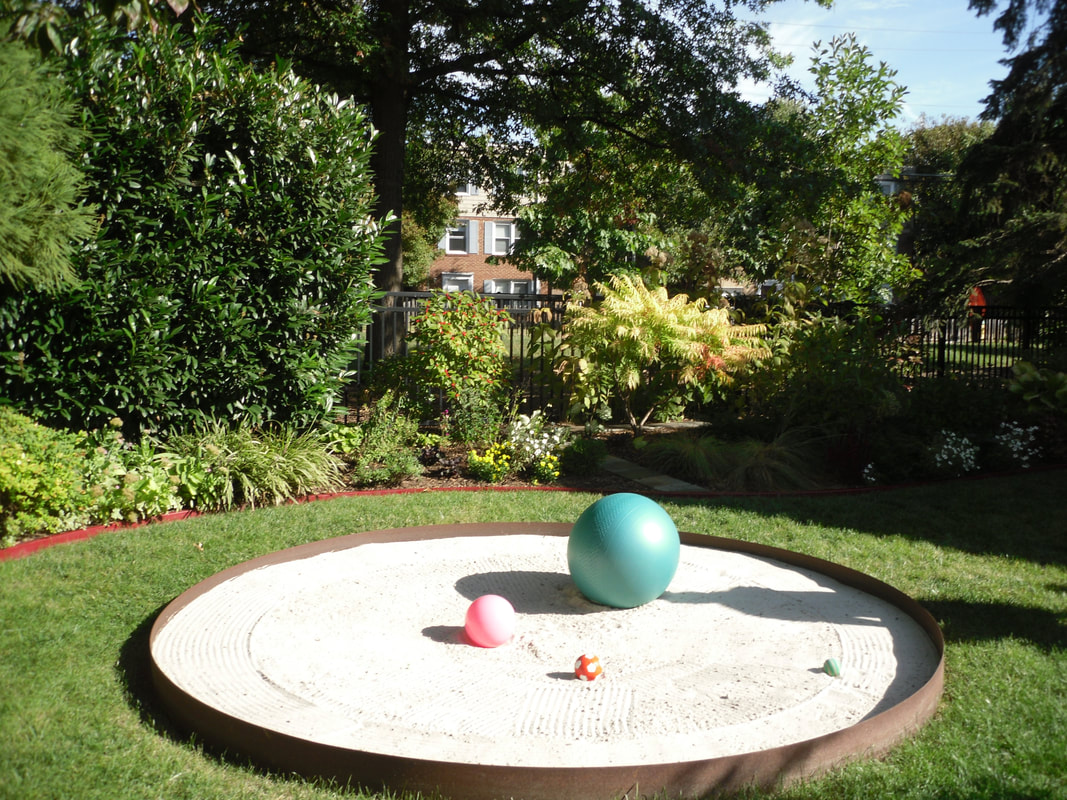
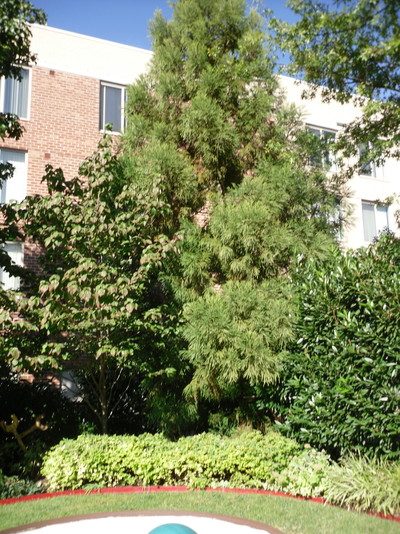
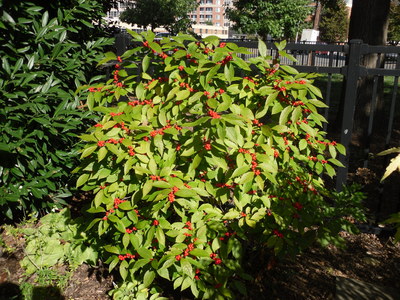
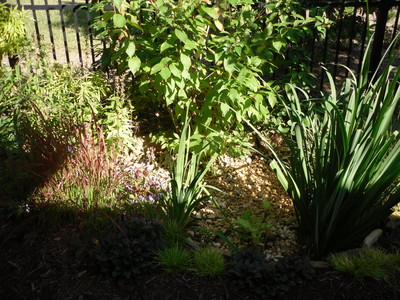
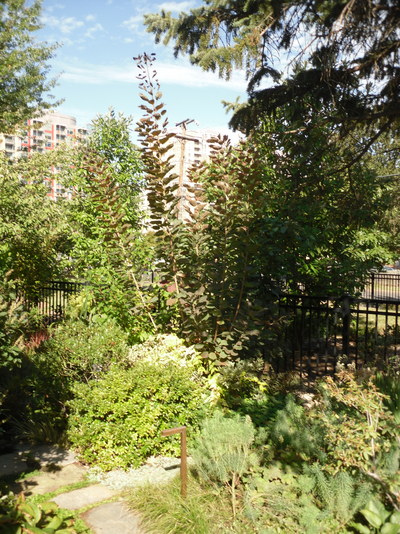
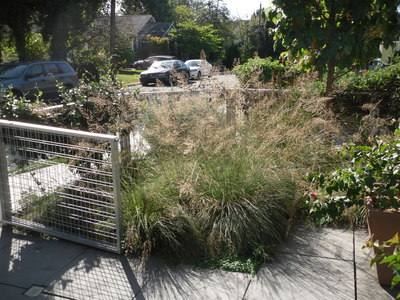
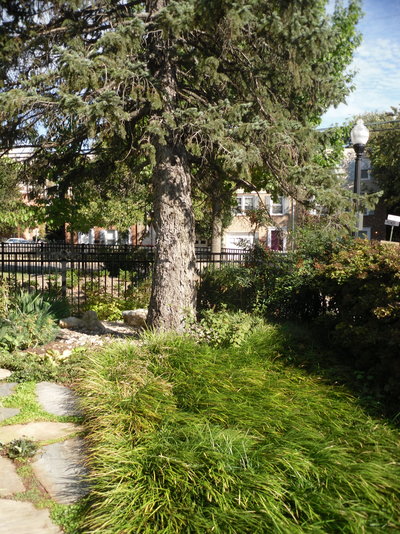
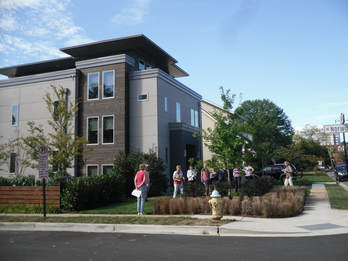
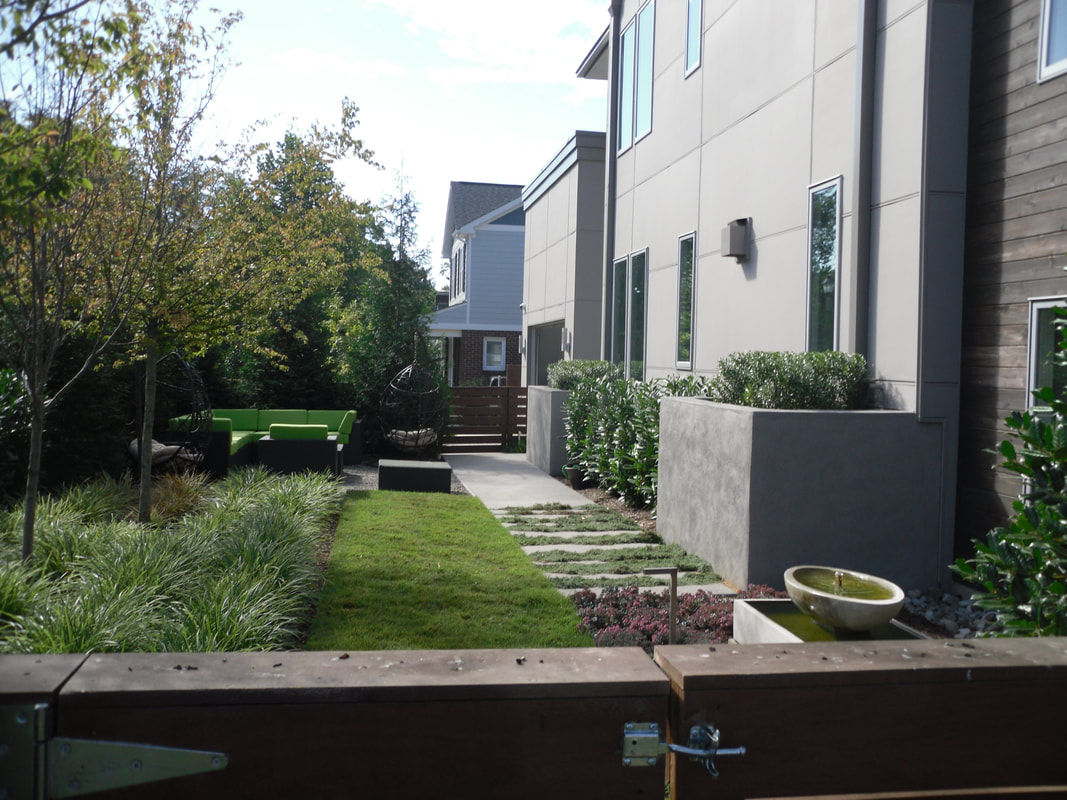
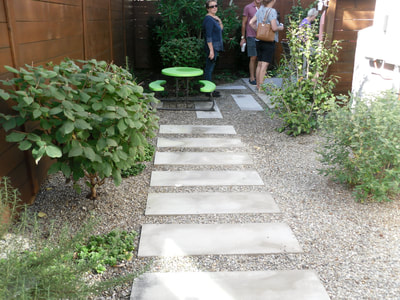
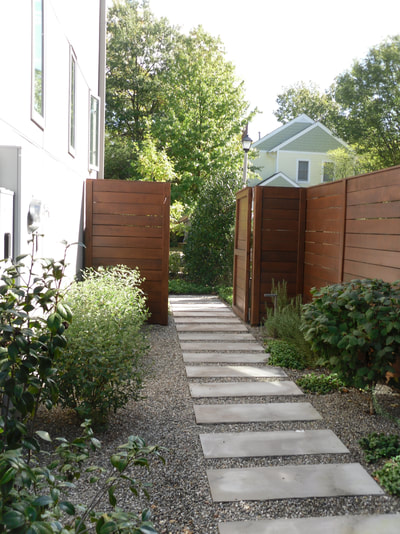
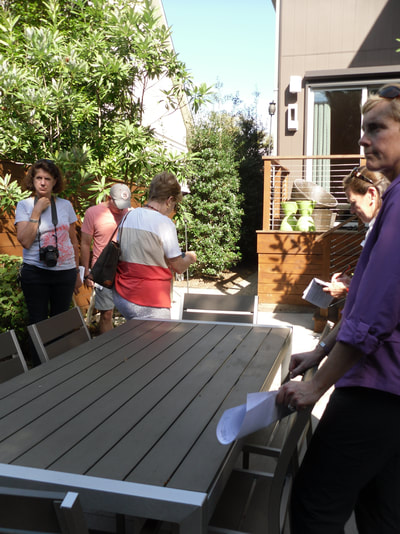
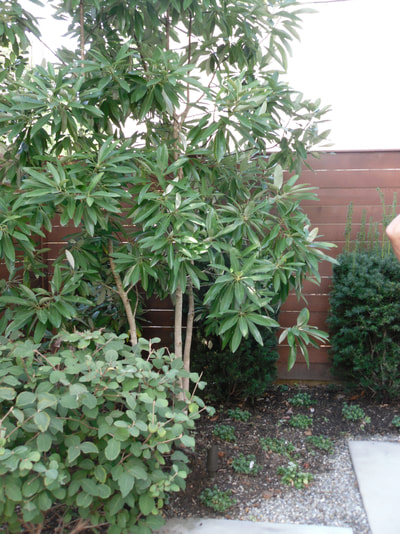
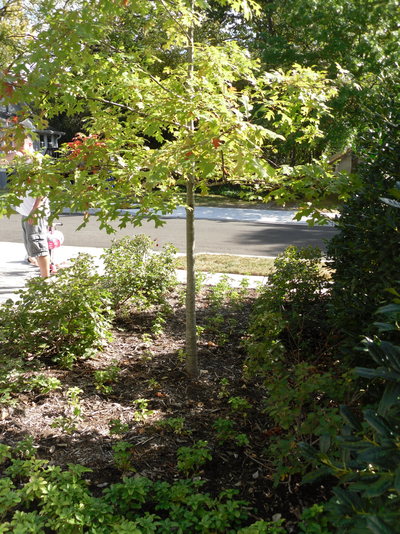
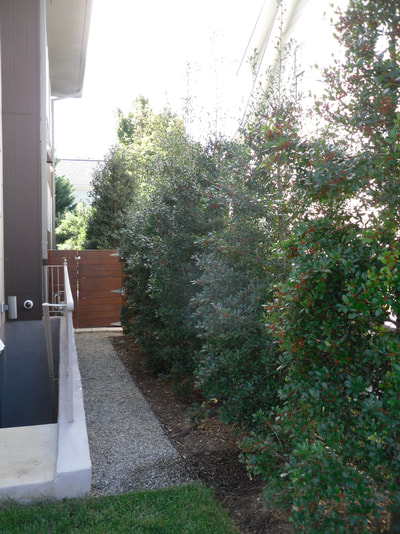
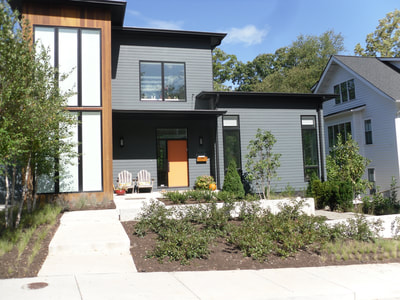
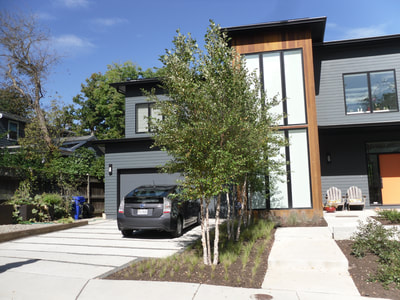
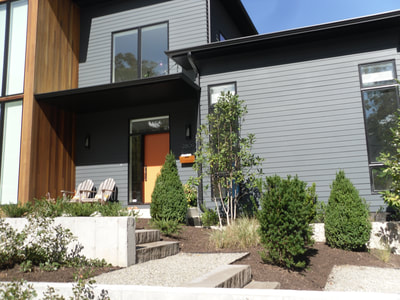
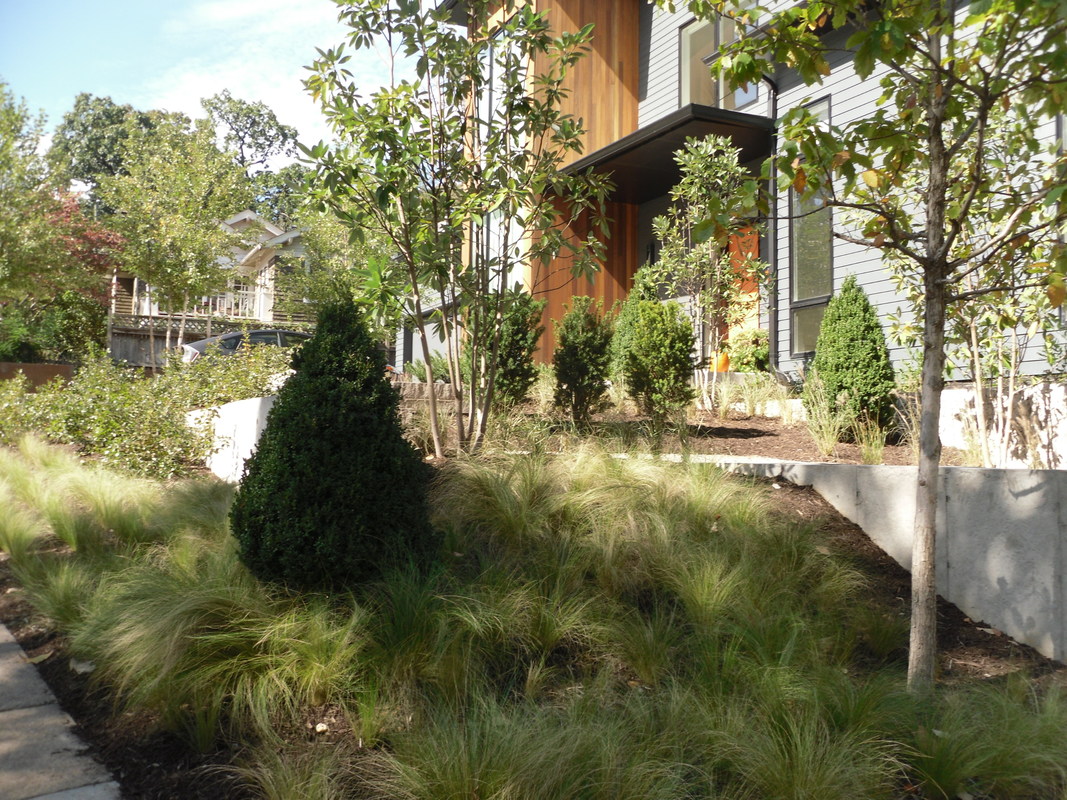
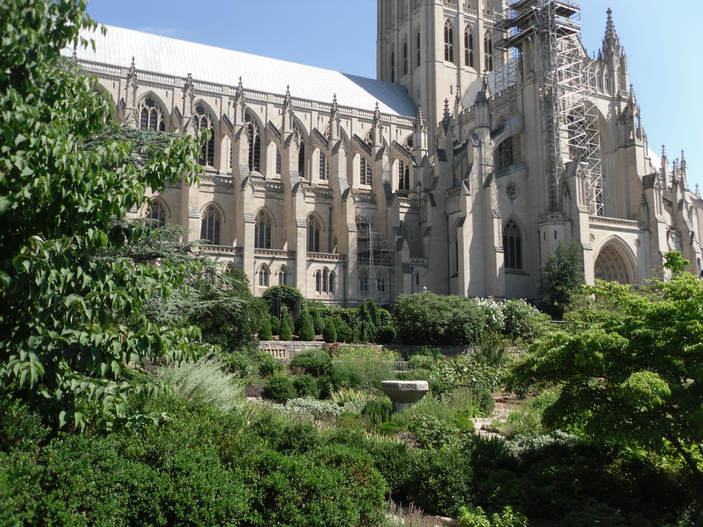
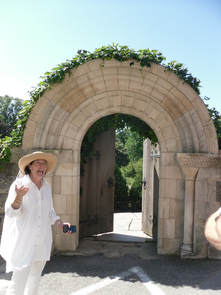
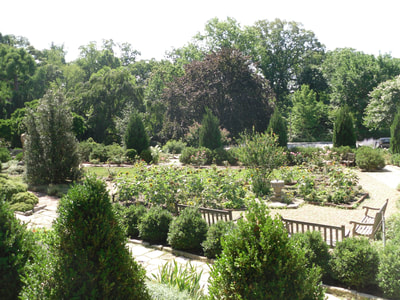
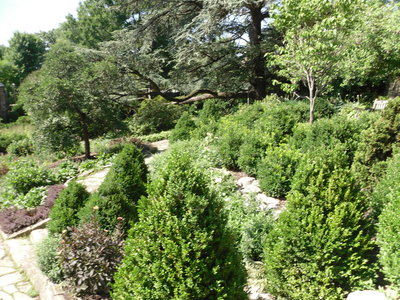
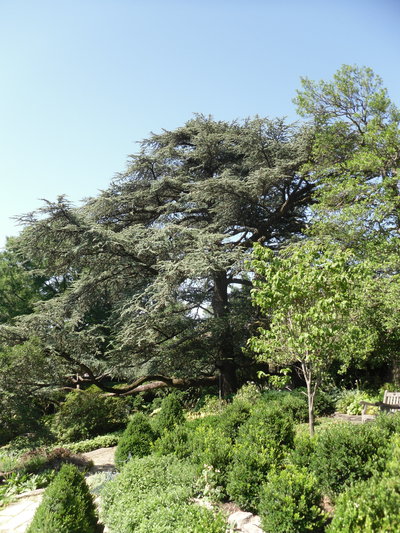
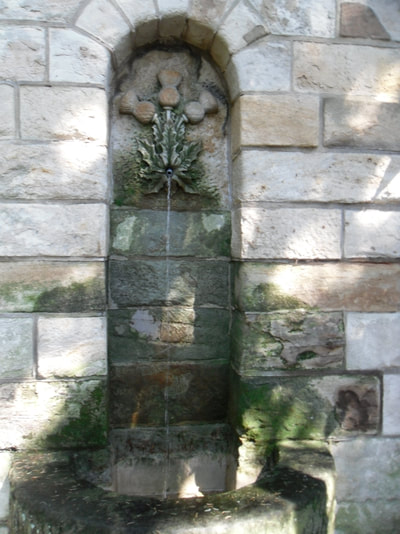
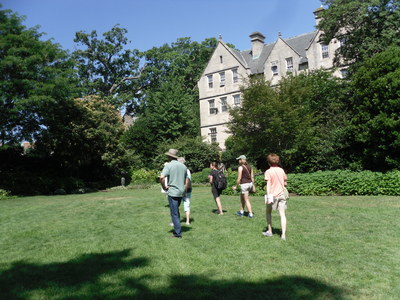
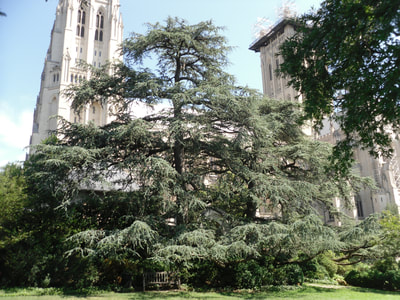
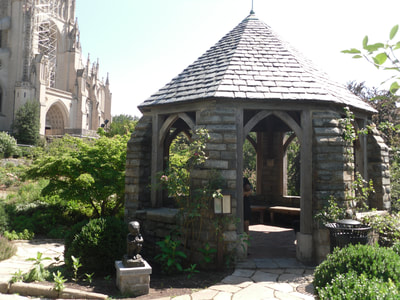
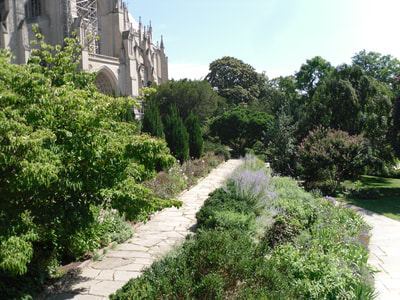
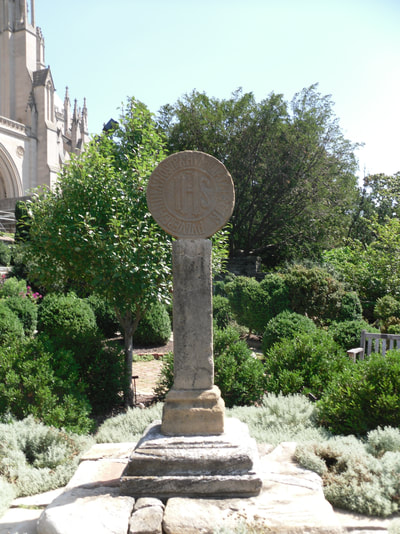

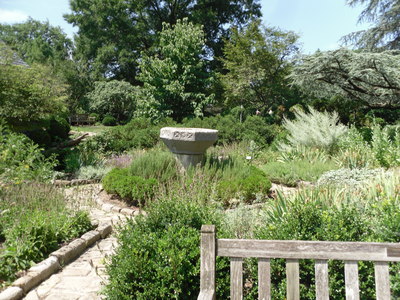
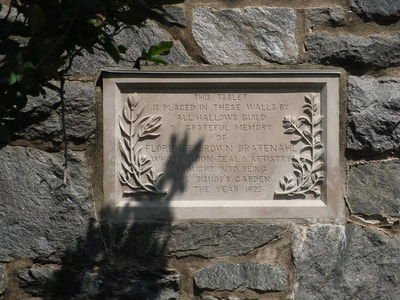
 RSS Feed
RSS Feed
